I am preparing a talk about "Be ready for Angular 2.0 today" and I intend to talk about application structure changes needed in order to make the migration path easier (I know, Angular 2.0 is not ready, but the basic concepts are ready).
I started a demo project in order to demonstrate a "before" app, written the plain "old" Angular 1.x way. I then intend to change this app's structure to be written as component tree and communicate between components (directives) via attributes (similar to property binding and event binding in Angular 2. The event binding will be via attribute event-methods). The next step will be changing the code to use Typescript and then last part will be to write the same app using actual Angular 2.0.
My question is - I have html inputs written in Angular 1.x, using ng-model, and two way databinding. I want to change it to be as much "Angular 2 way" as I can - meaning communicate with their parent component via attributes and events. This is my demo project (component breakdown is marked using dashes)
The only way I can think about doing it is not using ng-model, something like:
<input ng-keyup="ctrl.event()" value={{ctrl.value}} />
Any comment will be highly appreciated!!
